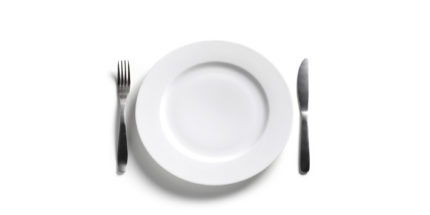You probably don’t need scientists to tell you that your metabolism slows with age. But they’re studying it anyway—and coming up with exciting new research to help rev it up again. The average woman gains 1 1/2 pounds a year during her adult life—enough to pack on 40-plus pounds by her 50s, if she doesn’t combat the roller coaster of hormones, muscle loss, and stress that conspires to slow her fat-burning engine. But midlife weight gain isn’t inevitable: We’ve found eating strategies that will tackle these changes.
But first, the basics: To boost over-40 weight loss, make sure your meals are around 400 calories, the amount needed to fuel your body while keeping you satisfied, translating into effortless weight loss. The following metabolism-boosting food rules were developed by Dan Benardot, PhD, RD, an associate professor of nutrition and kinesiology at Georgia State University, and Tammy Lakatos, RD. Here’s how to adjust your eating plan to help your body burn fat.
1. You don’t eat enough
You need to cut calories to lose weight, but it’s important not to overdo it. Going too low delivers a double whammy to your metabolism. When you eat less than you need for basic biological function (about 1,200 calories for most women), your body throws the brakes on your metabolism. It also begins to break down precious, calorie-burning muscle tissue for energy, says Benardot. “Eat just enough so you’re not hungry—a healthy snack midmorning and midafternoon between three meals (about 430 calories each) will keep your metabolism humming.” By eating a meal every 3 to 4 hours, you’ll stay satisfied and keep from overeating later in the day.
2. You avoid caffeine
Caffeine is a central nervous system stimulant, so your daily java jolts can rev your metabolism 5 to 8%—about 98 to 174 calories a day. A cup of brewed tea can raise your metabolism by 12%, according to one Japanese study. Researchers believe the antioxidant catechins in tea provide the boost…
Read more: Prevention

